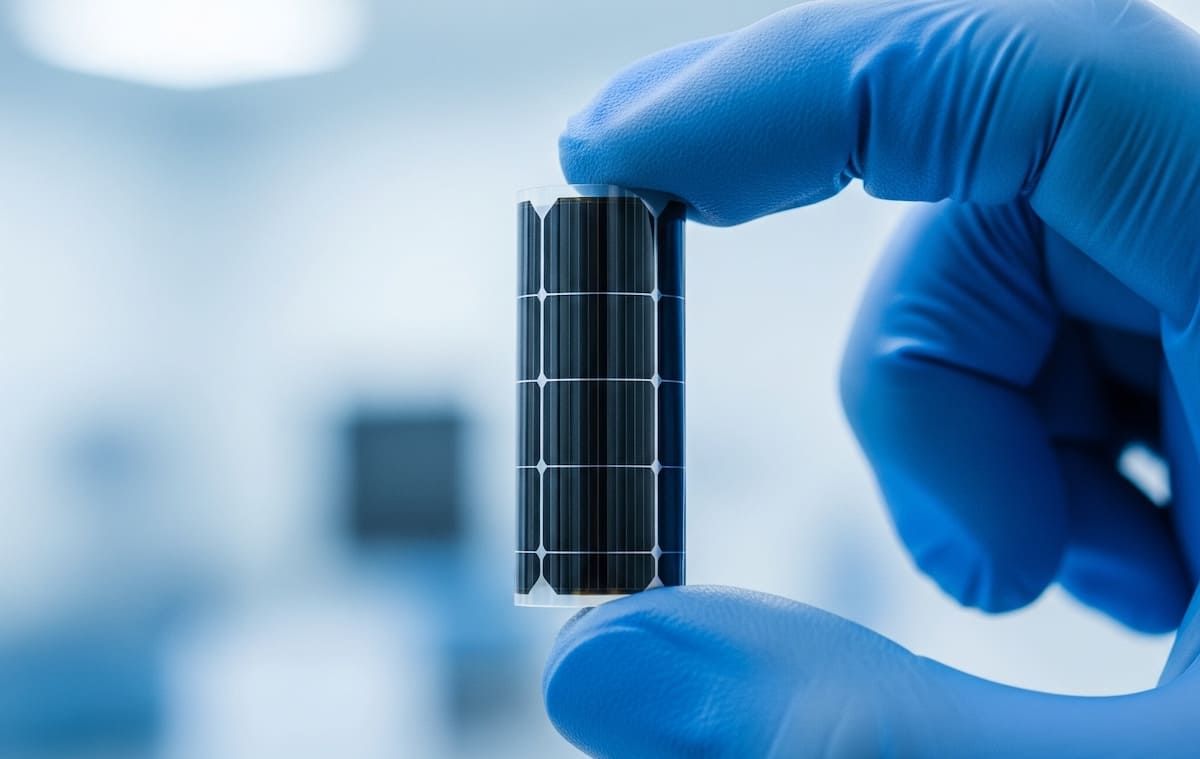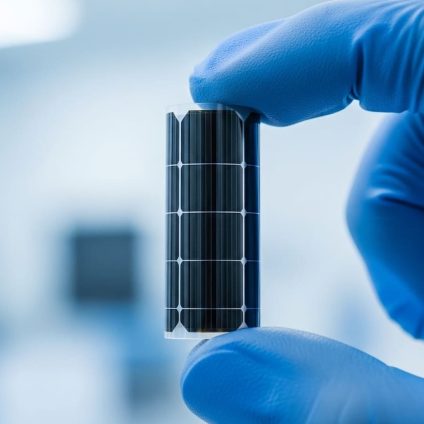Performance of tandem solar cells with perovskites and organic semiconductors improved by new multifunctional hole transport layer

Tandem perovskite/organic photovoltaics: advantages and limitations
In recent years, the multijunction solar sector has explored a variety of material combinations to overcome the well-known Shockley–Queisser limit. One promising approach is tandem perovskite/organic photovoltaics, where a perovskite-based top cell is stacked onto a polymer-based bottom cell.
On paper, this pairing offers significant advantages, including higher power conversion efficiency and longer lifetime compared to conventional organic photovoltaics.
The combination is particularly attractive for developing thin, flexible solar modules ideal for wearable devices and building-integrated systems.
However, real-world performance of perovskite/organic tandem solar cells (POTSCs) has remained constrained. The main culprit? Voltage losses in wide-bandgap perovskite subcells, which limit open-circuit voltage (VOC)—the maximum voltage a cell can generate with no current flow.
UNIST’s solution: a new hole-selective layer
To address this challenge, researchers at the Ulsan National Institute of Science and Technology (UNIST) in South Korea developed a new multifunctional hole-selective layer (mHSL) to enhance tandem perovskite/organic photovoltaics.
This layer is formed by blending two functionalized self-assembled monolayer molecules, which improves both the crystallinity and molecular orientation of the perovskite.
According to the university, “the newly designed hole transport layer is precisely engineered to align its energy levels with the perovskite active layer, selectively extracting holes and blocking electrons, thereby reducing recombination-related losses. Efficient charge extraction is essential, since after light absorption, electrons and holes must reach their respective electrodes to generate current.” When energy levels are misaligned, charge loss occurs and efficiency drops.
More efficient tandem perovskite/organic solar cells
The outcome is impressive. Tandem perovskite/organic solar cells incorporating the new layer achieved a record open-circuit voltage of 2.216 V and a power conversion efficiency of 24.73%, among the highest ever reported for this technology.
Even more notably, the prototype retained over 80% of its initial efficiency after prolonged exposure to 65 °C and continuous illumination, demonstrating excellent long-term stability.
The full findings are detailed in the article “Exceeding 2.2 V Open‐Circuit Voltage in Perovskite/Organic Tandem Solar Cells via Multi‐Functional Hole‐Selective Layer” published in Advanced Energy Materials.












